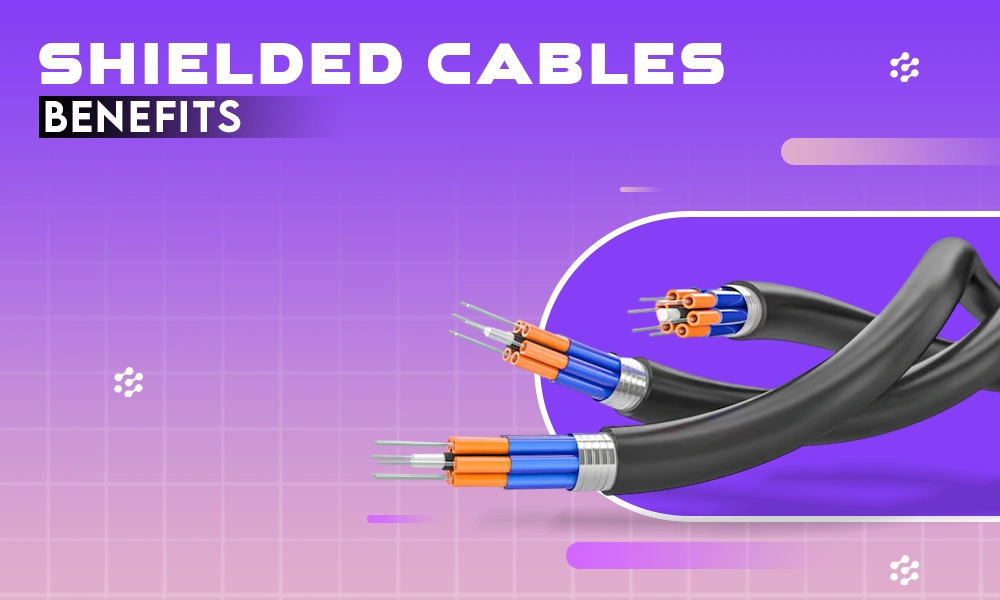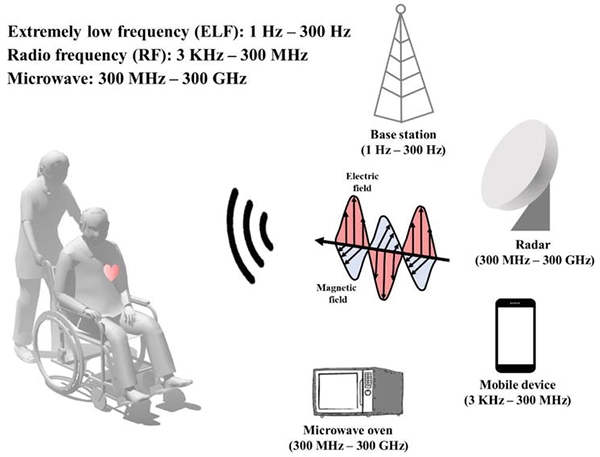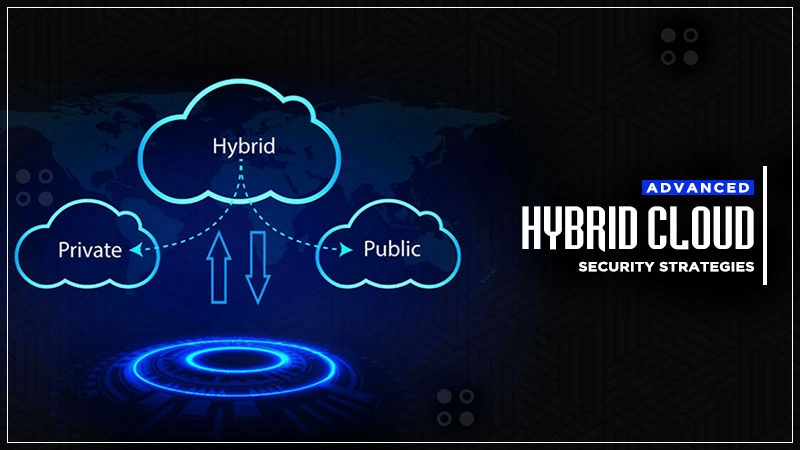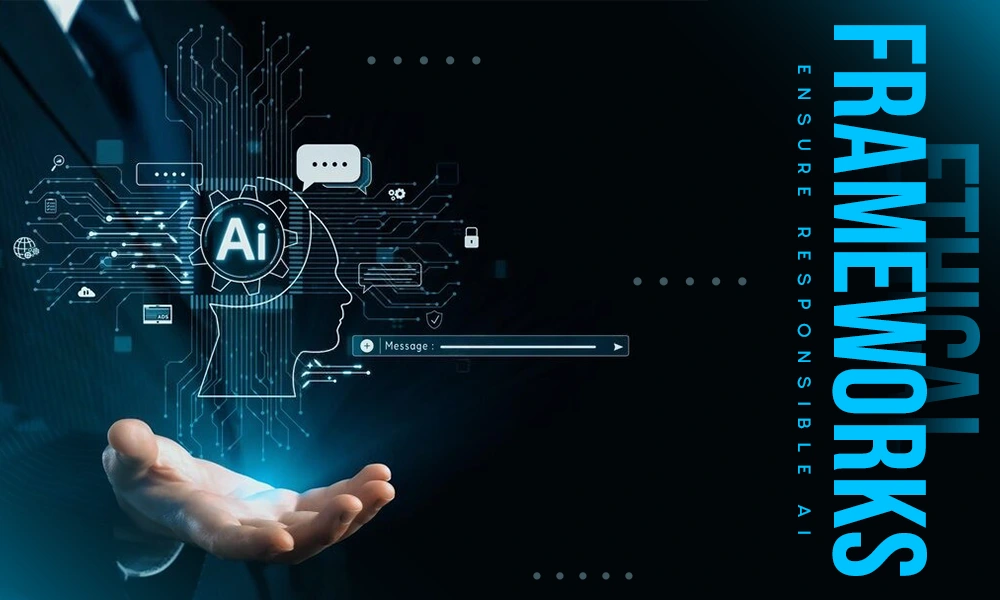From Interference To Integrity: Why Shielded Cables Are Critical For Data Transfer?

You know that frustrating moment when you’re in a packed coffee shop, trying to have a serious conversation, but you can barely hear your friend over the whir of the grinder, the steam of the milk wand, and the dozen other chats happening around you? You’re leaning in, asking them to repeat themselves, and you still walk away wondering if they said “meet at eight” or “meet at the gate.”
Well, guess what? Our electronics have the exact same problem every single day. They’re constantly having millions of these tiny, critical conversations, and their world is infinitely noisier than any coffee shop we could imagine. This invisible chaos is called electromagnetic interference (EMI), and if left unchecked, it’s the reason a file gets corrupted, a video feed glitches, or a machine on a factory floor goes haywire. It’s the background noise that corrupts the signal.

But just like we’d move to a quieter corner or soundproof a room for an important meeting, engineers have a brilliant solution for our devices: the shielded cable. This isn’t just a fancy accessory; it’s the dedicated, private meeting room for data, ensuring that every single one and zero arrives exactly as it was sent, even in the most electrically hostile environments. Let’s break down how this silent guardian works.
The Invisible Storm: Understanding EMI In Our World
First, let’s get a handle on this “noise.” EMI isn’t something you can see or hear, but it’s absolutely everywhere. It’s the invisible byproduct of our modern, electrified world. Think of it like this:
Radiated EMI: This is like someone across the room shouting. It’s interference that travels through the air. Sources include Wi-Fi routers, radio stations, cell phones, and even the humble microwave oven (a notoriously loud shouter in the electromagnetic spectrum).
Conducted EMI: This is like someone shaking the table you’re sitting at. The interference travels along physical power lines or other cables, directly jostling the signals in adjacent wires.
This storm of noise is a constant threat to the integrity of the data signals traveling through a standard, unshielded cable. The signal itself is a precise, carefully tuned wave. EMI is a chaotic, random one that crashes into it, distorting its shape and making it unintelligible by the time it reaches its destination.
When The Conversation Gets Corrupted: The Real-World Impact of EMI
So, what happens when this signal gets corrupted? The data doesn’t just vanish; it arrives wrong. It’s like receiving a document where crucial letters and numbers have been randomly swapped out.
In benign settings, like your home, the effects are mere annoyances. Your Wi-Fi might slow down because your router and laptop have to constantly ask each other to repeat packets of information that were garbled by interference from the baby monitor. A video stream might buffer or pixelate.
But in industrial, medical, or data center environments, the stakes are astronomically higher. Here, data integrity isn’t about convenience; it’s about safety, precision, and money.
- In an automated manufacturing line, a corrupted signal could send a robotic arm to the wrong coordinates, causing a collision, damaging the product, or halting production for hours.
- In a medical setting, interference on a cable connected to an MRI machine or patient monitoring system could lead to inaccurate readings, with potentially grave consequences.
- In a financial data center, a single bit flipped from a 1 to a 0 in a transaction could mean the loss of millions of dollars.
This is why simply hoping for the best isn’t a strategy. In these critical applications, you must proactively defend your data from this invisible storm.
Building A Fortress: How Shielded Cables Preserve Signal Integrity
This is where the engineering magic happens. A shielded cable is built like a fortress to protect its precious cargo—the data signals. While a basic cable might have a simple plastic jacket covering the internal wires, a shielded cable incorporates one or more layers of protective material.
The primary line of defense is a braided shield, typically made from a flexible, highly conductive metal like tinned copper. This braid acts as a sophisticated cage, deflecting radiated EMI like a knight’s chainmail deflecting arrows. The interfering waves hit the shield and are harmlessly redirected away from the sensitive internal conductors.
For maximum protection, cables often combine a braided shield with a foil shield. The foil, a thin aluminum or copper layer, excels at blocking high-frequency interference and noise from nearby power cables. The braid handles broader physical noise. Together, they form a multi-layered defense. This combined shield must be properly grounded at the connector to safely channel intercepted interference away, neutralizing the threat and ensuring comprehensive signal protection across a wide spectrum. This provides a path for the intercepted interference to be safely channeled away into the ground, effectively neutralizing the threat.
Choosing The Right Armor: It’s All About The Environment
Not every cable needs the same level of protection. Choosing the right type of shielding is a critical design decision based on the environment, a concept often referred to as the electromagnetic compatibility (EMC) of a system.
- Office/Home (Low Threat): Basic unshielded cables (U/UTP) are often sufficient. The interference is minimal, and the cost savings are a priority.
- Industrial Settings (High Threat): Here, machinery with large motors, variable frequency drives (VFDs), and welding equipment create an EMI nightmare. Heavily shielded cables (e.g., S/FTP or F/FTP) with both overall and pair shielding are non-negotiable to prevent catastrophic data errors and machine downtime.
- Data Centers & Medical (Critical Threat): While perhaps less physically harsh than a factory, the density of equipment and the absolute zero tolerance for error demand superior shielding like F/UTP or S/FTP to guarantee flawless, high-speed data transmission and patient safety.
Wrap Up:
Think of that humble shielded cable as the ultimate introvert at a wild party. It doesn’t need the spotlight or a thank you. Its entire job is to be the ultimate wingman for your data. We only notice this unsung hero when everything goes horribly wrong. Without it, our digital world would be pure chaos—a glitchy, pixelated, factory-stopping, connection-dropping mess.









